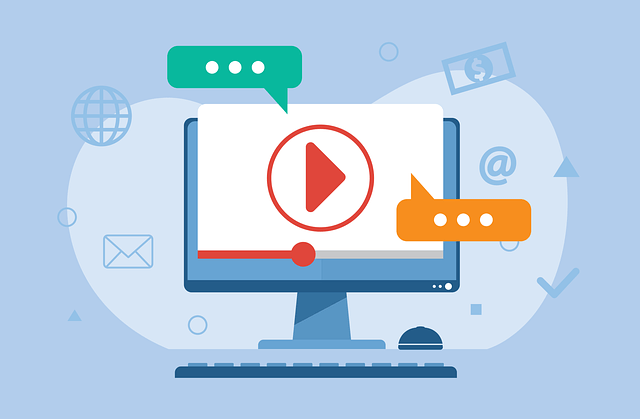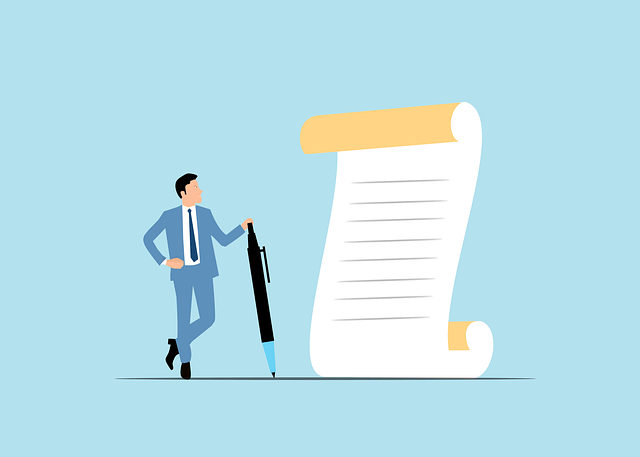Learn proven email marketing strategies to increase open rates, boost click-throughs, and drive more sales. Create high-converting campaigns that grow your business faster.

Email marketing is one of the most effective digital marketing tools for reaching your audience, building relationships, and increasing sales. While social media platforms come and go, your email list is a powerful asset you fully own and control. Every subscriber who joins your list gives you permission to communicate directly with them—without relying on algorithms or paid ads.
Succeeding with email marketing requires thoughtful strategy, creativity, and consistency. In this article, we’ll break down everything you need to know about email marketing from the basics to more advanced techniques. This will help you create high-performing campaigns that deliver real results.
Introduction to Email Marketing and the Importance of Building Email Lists
At its core, email marketing involves sending emails to a targeted group of people to inform, engage, and inspire them to act. It can be used for a wide range of purposes: sharing company updates, launching new products, promoting events, or simply nurturing customer relationships. Unlike other forms of marketing, email is highly personal and lands directly in someone’s inbox, making it an intimate space to connect with your audience.
One of the first steps to successful email marketing is building a strong email list. This list consist of people who are genuinely interested in what you offer. A well-built list is more valuable than a large but disengaged one. When someone subscribes to your emails, they are expressing interest and giving you consent to communicate with them. That’s a big deal in the marketing world. The quality of your list directly impacts the performance of your email campaigns, so focusing on building a responsive and targeted subscriber base is key.
Types of Emails for Effective Email Marketing
To keep your audience engaged and avoid being marked as spam, it’s important to send a variety of emails that serve different purposes. A well-rounded email strategy includes several types of messages that together create a dynamic and engaging experience for subscribers.
Welcome Emails
Welcome emails are the first impression you make. These are triggered immediately after someone subscribes and should be warm, friendly, and informative. Use them to thank the subscriber, introduce your brand, and set expectations for future emails. Promotional emails are more sales oriented. These showcase your products or services, offer discounts, or highlight special deals. When done right, promotional emails can drive massive revenue—but they should always be balanced with value-based content.
Email Newsletters
Newsletter emails help you stay top-of-mind. These are typically sent on a regular schedule—weekly or monthly—and include news, updates, tips, or curated content. They’re great for building trust and keeping subscribers informed without being overly sales.
Transactional Emails
Transactional emails are triggered by specific actions, like a purchase confirmation or password reset. While often overlooked, these emails have high open rates and offer a perfect opportunity to reinforce your brand or offer cross-sells.
Re-engagement Emails
Lastly, re-engagement emails are designed to win back inactive subscribers. These remind people why they signed up in the first place and often include a compelling offer to draw them back in.
Tips for Designing High-Converting Email Marketing Campaigns
Start with a Strong Subject Line
An effective email campaign begins by grabbing attention, and that starts with the subject line. A good subject line is short, clear, and intriguing. It should spark curiosity or promise value—think of it as the headline that convinces people to open the email. Once they do, your design and content must deliver on that promise.
Design for Mobile Readers
Most users read emails on their phones, so mobile-friendliness is a must. Use responsive design, short paragraphs, bullet points, and plenty of white space to keep the content easy to read. Add compelling visuals where appropriate, but don’t rely on images alone—some users may have images turned off.
Make Your Call-to-Action (CTA) Count
The CTA is the most important part of your email. Whether you want readers to shop now, read a blog post, or sign up for a webinar, your CTA should be clear, prominent, and persuasive.
Keep Content Simple and Focused
Avoid overwhelming your audience with too many messages or links. Focus on one main idea per email to maintain clarity and increase effectiveness.
Personalize for Better Engagement
Personalization can greatly improve your results. Use the subscriber’s name and segment your list based on interests or past behavior to deliver more relevant content. The more targeted your messages are, the higher your engagement will be.
Effective List Building Techniques to Grow Your Subscriber Base Quickly

Your email marketing efforts can only go as far as your list allows. To see real results, you need a steady stream of new, qualified subscribers joining your list. To build effective email list that will grow your email subscriptions, we have provided the below insights.
Use Lead Magnets to Attract Subscribers
A lead magnet is something valuable you offer in exchange for an email address. This could be a free e-book, a checklist, a discount code, or access to a webinar. The key is to offer something that solves a problem or fulfills a need your target audience has.
Place Sign-Up Forms Strategically
Make it easy for visitors to subscribe by placing sign-up forms in key areas like your homepage, blog, or through exit-intent popups. Keep the forms simple and inviting—the fewer fields you require, the higher the chances of someone signing up.
Promote Your List on Social Media
Your social platforms are great channels to grow your list. Share your lead magnet or promote your newsletter by highlighting the benefits of subscribing, and encourage followers to join.
Leverage Giveaways and Contests
Hosting giveaways or contests can rapidly grow your subscriber base. Just ensure the prize is relevant to your ideal audience so you attract the right people—not just those chasing free stuff.
Time Your Ask for Maximum Impact
Ask visitors to sign up when they’re most engaged—like after they’ve read a blog post or completed a purchase. This increases the chances of conversion.
Be Transparent and Build Trust
Always be clear about what people are signing up for and follow data privacy rules. This transparency helps build trust with your audience from the very beginning.
Role of Automations in Streamlining Your Email Marketing Efforts
One of the most exciting aspects of email marketing is automation. With the right tools, you can set up systems that automatically send the right message to the right person at the right time. This not only saves time but also boosts engagement and conversion rates. Email automations are key for the following reasons:
Welcome Sequences for New Subscribers
A common and effective automation is the welcome sequence—a series of emails that onboard new subscribers. It introduces your brand, shares your most popular content, and helps build trust right from the start.
Recover Lost Sales with Abandoned Cart Emails
Another powerful automation is the abandoned cart email. When someone adds a product to their cart but doesn’t complete the purchase, an automated reminder can nudge them to return and finish the transaction, helping you recover potentially lost sales.
Add a Personal Touch with Special Occasion Emails
You can also automate birthday or anniversary emails. These messages add a personal touch and make subscribers feel appreciated, helping to strengthen your relationship with them.
Use Behavioral Triggers for Smarter Targeting
More advanced automations can be triggered by user behavior. For example, if a subscriber clicks a link about a specific topic, they can be tagged and sent more content related to their interest. This keeps your messages relevant and timely.
Make Your Marketing Smarter and More Efficient
With automation, your email marketing becomes smarter, more efficient, and highly personalized, without requiring constant manual effort.
Analyzing Metrics to Optimize Your Email Campaigns
If you want to improve your email marketing results, you need to measure them. Data helps you understand what’s working and what needs adjusting so you can optimize your efforts for better outcomes. Below metrics should not be overlooked in your email marketing.
Track Your Open Rate
Your open rate shows how many people are opening your emails. A low open rate may indicate that your subject lines need improvement or that your emails are landing in spam folders.
Monitor Click-Through Rate (CTR)
CTR reveals how many people are engaging with your content by clicking on links. If your CTR is low, consider enhancing your call-to-action (CTA) or making your content more engaging and relevant.
Measure Conversion Rate for ROI
The conversion rate tells you how many subscribers are taking the desired action like making a purchase or registering for a webinar. This is a critical metric for understanding your return on investment.
Watch Your Unsubscribe Rate
An increase in unsubscribes could be a sign that your content isn’t resonating or that you’re sending emails too frequently. Keeping this rate low is essential for maintaining a healthy list.
Check Your Bounce Rate
Bounce rate measures how many emails weren’t successfully delivered. A high bounce rate could signal problems with list quality or outdated email addresses.
Use Data to Guide Continuous Improvement
By regularly analyzing these key metrics, you can A/B test different subject lines, sending times, and content formats. This ongoing refinement leads to more effective, results-driven email campaigns.
Final Thoughts
Email marketing is more than just sending messages about building relationships, delivering value, and creating meaningful interactions with your audience. With a strong list, compelling content, smart automations, and regular analysis, you can turn email into one of your most powerful marketing channels. Whether you’re nurturing leads, driving sales, or strengthening customer loyalty, email gives you the tools to grow your brand and your business in a personal, scalable way.
Start small, keep learning, and most importantly—keep showing up in your subscribers’ inboxes with content they care about. Email marketing, when done right, can transform how you connect with your audience and drive long-term success.